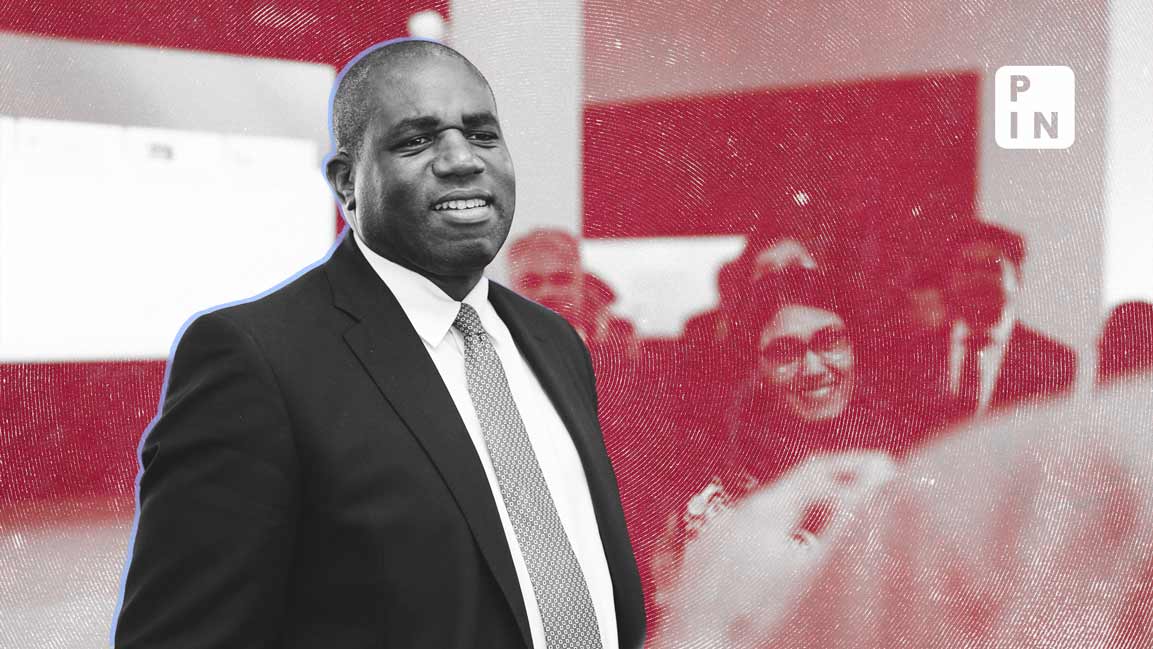- | 7:24 pm
US debt ceiling crisis eases for now, but hurdles ahead
Biden and McCarthy decide on tentative deal, which will come up for voting this week

As negotiations over raising the US debt ceiling go down to the wire, the potential fallout of a disastrous default has countries with strong trade ties to Washington, including India, on edge.
A ‘debt ceiling’ is a fiscal control mechanism that limits the amount the US federal government can borrow, and is currently set at $31.4 trillion. This includes public debt as well as what the US owes itself due to borrowing from its own accounts such as social security and medicare trust funds.
Following hectic parleys by negotiators chosen by House Speaker Kevin McCarthy and President Joe Biden, a deal is likely to be sealed before June 5, the date by which Treasury Secretary Janet Yellen has warned the US could run out of money to pay its bills.
Signs of progress appeared on Saturday when Biden and McCarthy spoke by phone and decided on a tentative agreement to temporarily raise the debt limit for two years, while putting in place new spending limits during the period.
The deal will have to be signed off by both chambers of Congress. A vote on the deal is likely in the House on Wednesday. Republicans hold a slender lead in the House and a few conservatives in the party have opposed the deal.
All eyes on US Congress
All eyes are on whether Biden and McCarthy can get enough backing in the US Congress for the deal to raise the ceiling by 5 June.
If the US Congress fails to decide on raising the debt ceiling by that date, it could potentially disrupt Indian exports to its largest trading partner.
Radhika Pandey, an economist at the National Institute of Public Finance and Policy (NIPFP), an autonomous research body under India’s finance ministry, says a slowdown in the US will mean less demand for Indian exports.
“Latest official data show our merchandise exports contracted by more than 12% due to subdued demand from India’s major trading partners. The information technology (IT) sector is already bearing the brunt of the slowdown and the banking crisis in the US. The debt ceiling stalemate will pose additional risks for the IT sector,” Pandey says.
Yet, some exporters are optimistic. Ajay Sahai, director general and chief executive officer of the Federation of Indian Export Organizations, expects US congressional leaders to find a resolution, given their history of acting favorably towards raising or extending the debt limit.
“The US and India are actively strengthening their ties. Trade will continue,” Sahai says, adding that India has increased its share of US imports by 0.5% in the past five years, while China has lost 1.7% share in the previous two years.
‘Friendshoring’ India
Yellen had earlier expressed the need to strengthen supply chains with trusted partners like India. This was part of a “friendshoring” strategy to align trade and investment within countries sharing common values.
So, what does India trade with the US? The list is long, and includes polished diamonds, pharmaceutical products, crude oil, electronics, and more. However, it’s all hanging by a thread until the US decides on the debt ceiling.
If the US fails to make a decision soon, the nation could plunge into a recession, affecting not just India, but the world.
However, this isn’t a new crisis.
Since 1962 until 2011, the debt ceiling was raised 74 times, according to the US Congressional Research Service.
Should the US government hit the debt ceiling and exhaust all other options, it can no longer borrow. As the government runs an annual deficit, it will run out of money soon after it hits the limit and temporarily default on financial obligations.
If the Treasury Department is unable to borrow additional money, the US could default on outstanding loans and its credit rating may be downgraded by credit rating companies.
In effect, the debt ceiling was raised to over $31 trillion in January this year.
Biden had cut short his trip to the Indo-Pacific this month to stem the unfolding debt ceiling crisis.
Reeling under crisis
The US is already facing a banking crisis, high inflation, and tightening monetary policy. If the debt crisis isn’t resolved soon, the dollar and US Treasury securities could lose their appeal as safe havens.
According to Pandey, a US default could lead to other countries reducing their dollar dependency, creating new trading blocs, and shifting away from the dollar.
Countries such as India are watching the developments closely, knowing that the outcome of these negotiations could shape their economic future.
Interestingly, amid all the din, some experts see a potential boost for cryptocurrencies.
Suraj Sharma from BNS, a crypto exchange in India, said, “If the US defaults on its debts, we may see more wealth moving into the cryptocurrency market, benefiting digital assets.”
However, cryptocurrencies such as Bitcoin and Ether are on track to record their worst month of 2023, having dropped about 10% and almost 6%, respectively.
Javaid Naikoo contributed to the story













